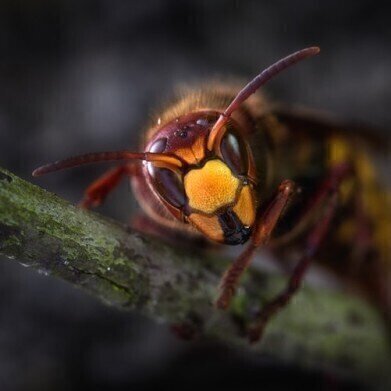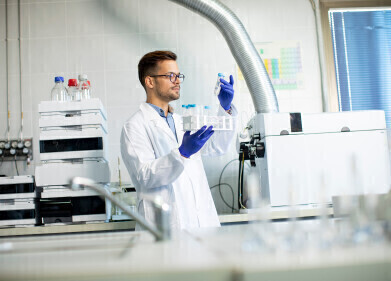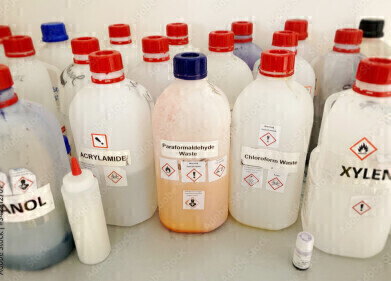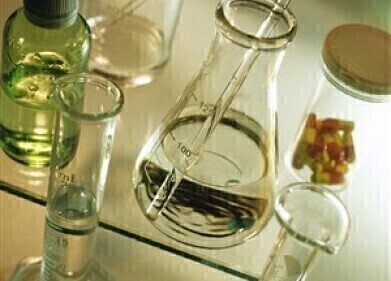Supercritical fluid (SFC), Green Chromatography
Can We Use Wasp Venom as an Antibiotic Treatment?
Jan 23 2019
The search for new antibiotics is one of the most urgent tasks in medical research. The World Health Organization describes antibiotic resistance as ‘one of the biggest threats to global health, food security, and development today.’ Researchers are developing new models and compounds that could be used to treat both existing and emerging bacteriological threats.
A paper published in the journal Nature Communications Biology - Structure-function-guided exploration of the antimicrobial peptide polybia-CP identifies activity determinants and generates synthetic therapeutic candidates - highlights one aspect of this fight and also suggests that nature could offer us at least one solution.
Antibiotic resistance - a global threat
Antibiotic resistance is increasing. Our ability to treat bacterial infections has become more difficult as bacteria change or mutate as we attempt to attack them. It is the bacteria that become antibiotic resistant, not humans. Increased mortality and higher medical costs are just two of the consequences of this trend. Pneumonia, foodborne diseases and tuberculosis are some of the infections that are now difficult to fight due to antibiotic resistance. Without changes in the way antibiotics are prescribed and used we could soon be living in a world where simple cuts can once again become killers as we struggle to fight infection.
Is wasp venom all bad?
Wasp’s venom contains a cocktail of compounds, and some of them kill bacteria. But, as some of us know, the venom also contains compounds that are toxic to humans - in some cases fatally so. This means that the venom cannot be used to treat bacterial infections without some modifications.
A team from the Massachusetts Institute of Technology (MIT) have looked into this problem by studying the venom of a South American wasp Polybia paulista. Humans, along with other organisms, naturally produce peptides that can kill bacteria - and peptides are helping to fight the emergence of antibiotic resistant bacteria.
Peptides to the rescue?
It was the peptides in the wasp’s venom that the MIT team focussed on. By looking at the antimicrobial properties of the venom, they identified a peptide that was only 12 amino acids long. The peptide is small enough to create different peptide variants that were then purified using chromatography - a similar technique to prepare samples is discussed in the article, Practical Strategies for Successful Scaling from UPC2 to Preparative SFC.
The researchers were able to tune their peptide variants and tested them against the bacteria Pseudomonas aeruginosa. They found that several of the peptides could reduce the infection and one of them at a high dose could eliminate it completely. One of the researchers stated in a press release:
‘After four days, that compound can completely clear the infection, and that was quite surprising and exciting because we don’t typically see that with other experimental antimicrobials or other antibiotics that we’ve tested in the past with this particular mouse model.’
Digital Edition
Chromatography Today - Buyers' Guide 2022
October 2023
In This Edition Modern & Practical Applications - Accelerating ADC Development with Mass Spectrometry - Implementing High-Resolution Ion Mobility into Peptide Mapping Workflows Chromatogr...
View all digital editions
Events
Apr 28 2024 Montreal, Quebec, Canada
May 05 2024 Seville, Spain
May 15 2024 Birmingham, UK
May 19 2024 Brno, Czech Republic
May 21 2024 Lagos, Nigeria














